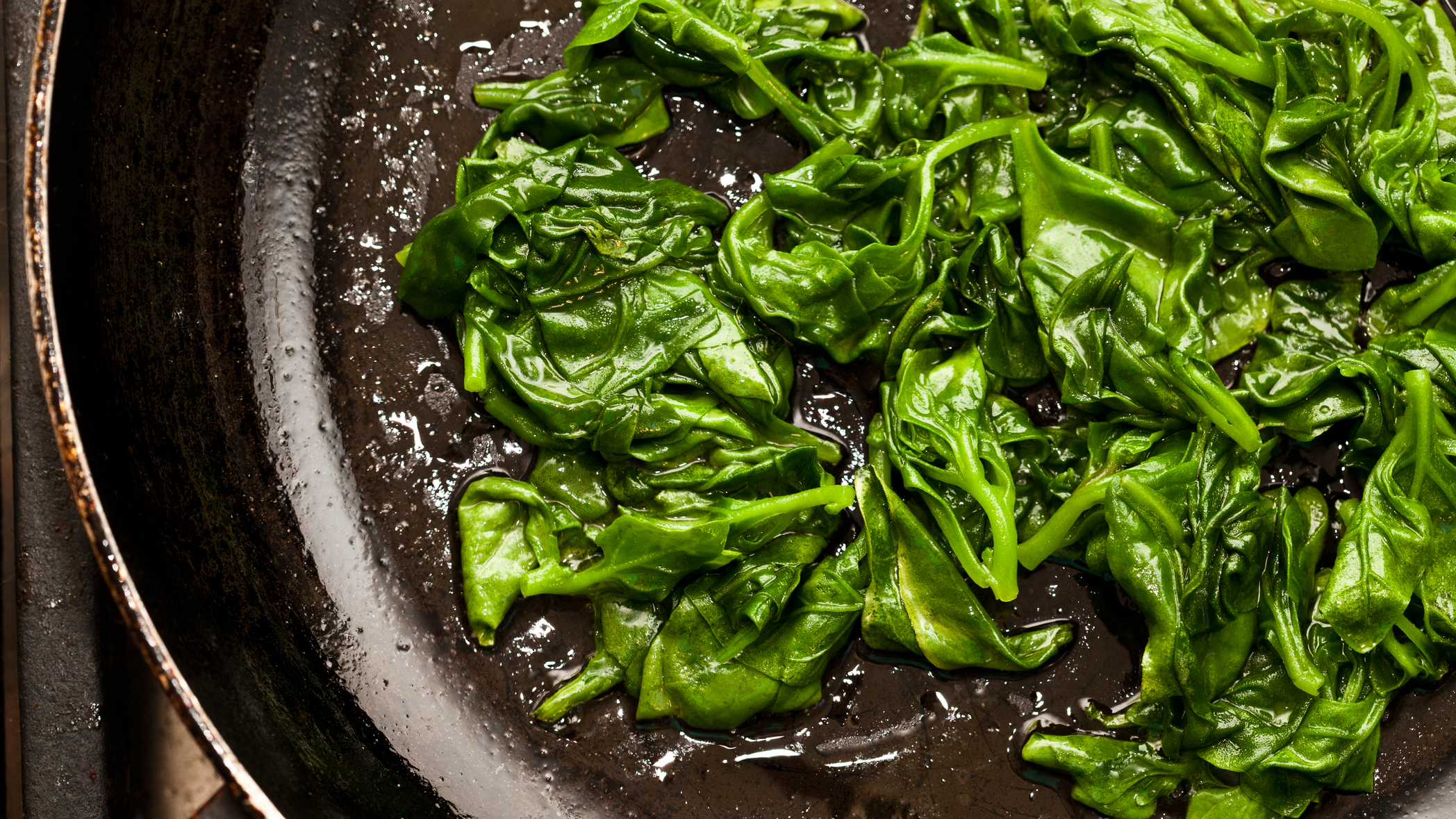Healthy eating: The healthiest way to cook vegetables, according to scientists
Have you been doing it wrong? This is the heathiest way to cook your veggies, according to science


Vegetables are good for us. That's no secret. In an era in which processed meat is cheap and easier to access than ever before, we know we all need to eat more veggies for health and environmental reasons. So we roast, stir-fry, boil, steam and microwave our vegetables, to change their flavour profiles.
However, research has found different cooking methods actually change our vegetables' nutrition contents, some for the worse. Methods like boiling are said to strip some vegetables of their nutrients, drawing them into the water before pouring it away, while roasting and stir-frying often requires the use of added fats and oils before searing the veg at high heats.
- Best grill for cooking healthy
- Worried about heart health? Here's how to lower cholesterol
- Black Friday fitness deals: get a head start on the best bargains
So what's the healthiest way to cook up our vegetables? Several studies have tried to find out, using different kinds of vegetables. One 2017 study from the Journal of Food Quality looked at the antioxidant and nutrition qualities of green beans after cooking. Antioxidants are compounds found in foods which help protect your cells from damage, fighting against diseases and keeping our bodies healthy.
The study found boiling green beans stripped away these beneficial properties by up to 43%, while steaming – easily done by placing the veggies in a sieve above a saucepan full of boiling water – didn't change the vegetable's nutritional profile at all.
Another study focused on broccoli came to the same conclusion, looking at five different cooking methods – steaming, microwaving, boiling, stir-frying, and stir-frying followed by boiling. Out of all five methods, steaming was found to be the most beneficial, allowing the broccoli to retain all of its beneficial properties.

Steaming doesn't submerge vegetables in boiling water, so it can't draw away any of the goodness. Nor does it risk burning, which can ruin a vegetable's nutritional value and increase carcinogenic properties. It's generally considered a very healthy method for cooking and softening vegetables, and you should certainly use it instead of boiling vegetables in future.
However, certain vegetables respond very well to other types of cooking. Sautéing, for example, uses the direct heat of a frying pan, but only uses a small amount of fat in comparison to frying or roasting. Certain kinds of fat, like olive oil, can be very good for us in small amounts, as it contains lots of beneficial fatty acids common in the Mediterranean diet plan. It's generally better for us than animal fats like butter.
Start your week with achievable workout ideas, health tips and wellbeing advice in your inbox.
Ingredients like tomatoes, spinach and eggplant respond very well to a little bit of olive oil used during cooking. Another study, published in the journal Food Chemistry, found sautéing tomatoes and eggplant in olive oil actually increased their antioxidant content.
- Best blender for smoothies and juices
Olive oil has a very low smoke point, which means it begins to burn and smoke at higher temperatures. As a general rule of thumb, it's better for you to cook at lower temperatures with vegetables anyway, as you have less chance of burning them and ruining their nutritional content. This is also true when griddling vegetables using a grill machine, which can be similarly healthy according to this 2009 study.
The best electric grills a convenient, easy-to-use way to cook food without drowning it in fat or subjecting it to intense heat like frying pans or fan-operated ovens. You can check out our best grill buying guide to find the right choice for you.
So the answer to the question of "what's the healthiest way to cook vegetables?" is "either 1) steaming, or 2) sautéing/grilling at lower temperatures with a little olive oil". Boiling, roasting, microwaving and frying with lots of fat aren't as healthy methods.
Liked this?
Matt Evans is an experienced health and fitness journalist and is currently Fitness and Wellbeing Editor at TechRadar, covering all things exercise and nutrition on Fit&Well's tech-focused sister site. Matt originally discovered exercise through martial arts: he holds a black belt in Karate and remains a keen runner, gym-goer, and infrequent yogi. His top fitness tip? Stretch.
